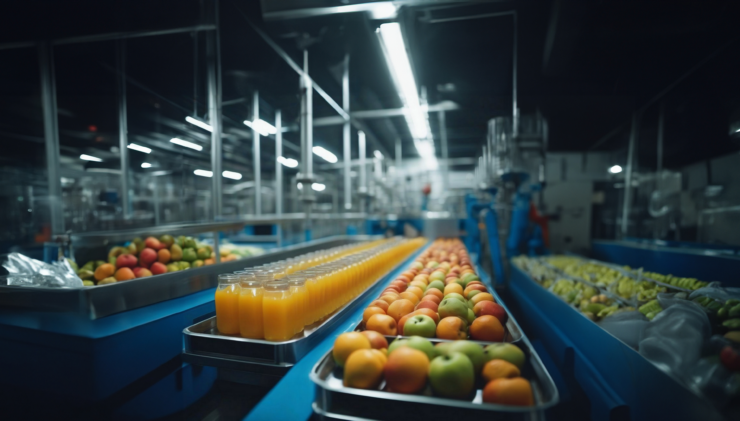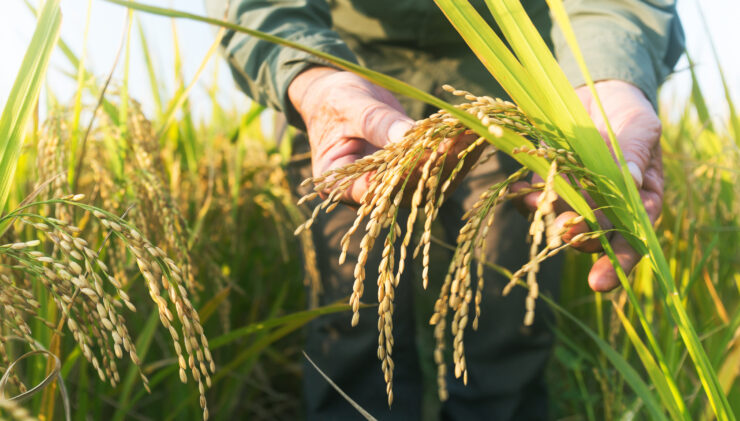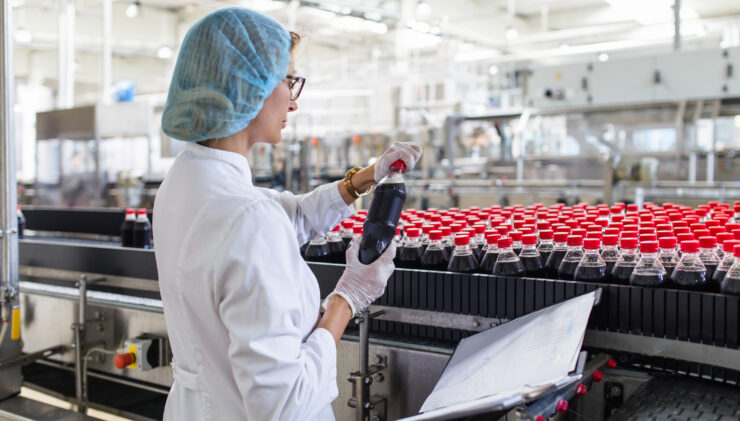 Insurance for Food and Beverage Companies – 7 Questions to Ask
Insurance for Food and Beverage Companies – 7 Questions to AskNo man – or business – is an island. We are all part of an interdependent community. For example, a restaurant can prepare all of its dishes in-house, but the ingredients have to come from somewhere else. This creates potential exposures. What if a special ingredient that is the centerpiece of your Friday night special doesn’t arrive until Saturday? What if your once-fresh seafood is delayed for days?
Your restaurant depends on a stable supply chain. If the chain becomes broken or damaged, the immediate and long-term consequences, both to your finances and to your reputation, can be dire. This is why it is important to conduct a risk assessment of your supply chain. What supplies do you depend on, what risks do they involve, and how can you mitigate those risks?
What supplies do you depend on?
You already know who your suppliers are. For risk management purposes, you need to look at your supplier list from a few new angles.
- Reputation: What do you know about the supplier? Have they been in business for a long time? Are they recommended by others? Have your interactions with the supplier been positive so far?
- Location: Where is the supply located? Is it across town? Or halfway around the world?
- Importance: How important is this supplier to your business? Could you get by without it? Or would losing this supplier create a catastrophe?
- Alternatives: Can you get the supplies elsewhere if needed? Can you do so on short notice?
What risks do they involve?
Now that you’ve taken a good look at your suppliers, you need to assess the risks involved. This will take some time. Use a detailed assessment strategy to ensure that risks are not overlooked.
Here are a few possible risks:
- Shipping disruption. The method of transportation could be interrupted.
- Customs. If supplies are imported for another country, there could be delays at the border.
- Natural disasters. Storms, earthquakes and other natural disasters could have a negative impact on the supplier or on transportation.
- Contamination. E. coli or other sources of food poisoning could result in your supplies being recalled before or after you receive them.
- Crop failure. Whether it’s caused by pests or drought, crop failure can negatively impact your supplies.
- Climate change. Some crops may be negatively impacted by climate change. For example, Risk & Insurance reports that climate change is threatening chocolate, leading Hershey’s to create a plan to protect the company’s supply chain.
- Political upheaval. Political turmoil could impact the supplier or transportation.
- Sabotage. Over the summer, Australian farmers and markets threw out tons of strawberries after needles were found in some of them. BBC reports that a woman has been arrested.
How can you mitigate those risks?
Once you’ve identified the risks, you need to look at how to mitigate them. Working with trusted suppliers, having backup plans and maintaining insurance coverage are all possible ways of managing risk. In some cases, other measures may also make sense.
For example, let’s say many of your most important ingredients come from overseas. If this case, you can mitigate risks by dealing with importers who are part of the Voluntary Qualified Importer Program (VQIP). This gives you two assurances. First, to qualify for this program, importers need to meet the FDA’s eligibility requirements. Second, once they’re approved, their food imports are given expedited review and entry into the United States.
If you need help assessing your supply chain, Heffernan Insurance Brokers can help. Learn more about our food industry insurance programs.



